Early Monday morning on August 21st, I headed out planning to drive to Shaniko, OR to watch the solar eclipse. I was planning on leaving at about 2:30 am, but when I set my alarm I set it for pm instead of am…..Fortunately, for me, Taunya woke up at 3:45 am and woke me up. I was on the road a little after 4 am. I was hoping for light traffic, but was prepared to leave early enough that if it was bad I could still get there on time.
The sun was scheduled to come up at 6:12 am. About a half hour before this, as I was driving through the windmill fields, the sunrise began and created some great photo opportunities.
Once I arrived in Shaniko, OR there were a lot of people there already. I couldn’t find a convenient location here, so I continued on to Antelope, OR which is about 8 miles southeast on HWY 218.
I took this photograph of my view of the landscape during the eclipse. All along this fence were cars parked viewing the eclipse. Shortly after totality, to my surprise, almost everyone packed up and left! I then captured this image of the fence line unobstructed. The larger white “cloud” in the image is actually smoke coming in from a fire in the Sisters area. I was very glad that the smoke during the eclipse was south on the horizon and didn’t affect the ability to photograph. I was thinking about using this landscape shot to superimpose the eclipse images on it. Unfortunately, my Photoshop skills are lacking in the layering process, and as a result I couldn’t figure out how to get this accomplished.
I’d love to say this was one image, but it is actually a composite of two images so that I could have the aura of the sun with the details of the sunspots. Any time you see a huge moon or sun in a photograph, like behind a boat or basketball hoop or building it is photoshopped into the image to make it appear that way. It may have appeared similar to that with the natural eye, but it doesn’t photograph that way. This is because the eye is subject to optical illusions which can increase the appearance of the moon and sun. A camera on the other hand isn’t subject to this retinal and brain phenomenon, and can only optically reproduce the scene. The sun and the moon only subtend 0.5 degrees of an angle. This is why the moon can look huge to your eyes, but when you take a photograph with your camera or phone it’s just a little dot in the image. It is also why you can block out the entire sun with the tip of a finger.
Pre-eclipse sun shot. I was super excited to see sunspots on the sun for the eclipse. It gives the sun some character instead of being just a plain, large orange/yellow circle.
For those of you that are interested in the camera settings I used to create these images I thought I would review them. These shots of the eclipse were taken with my Nikon D800 and my Nikon 300mm f/4 lens with a 1.4x teleconverter for a combined focal length of 420mm. Obviously the longer the focal length of the lens you use the more detail you get of the sun. My ISO setting was at 200, a little faster than the base 100. I did this to help increase shutter speed. I used an aperture between 7.1 and 8.0. The shutter speed varied depending on how exposed I wanted the image. The most common speeds for the bright sun were 1/800 sec, 1/640 sec and 1/500 sec. As the eclipse progressed and the sun wasn’t as bright, the shutter speed of necessity increased in length. Towards the end of the partial phase the shutter speed had increased to between 1/100 sec and 1/25 sec.
And so it begins….I can get a little crazy with taking photographs too often in these situations. So to avoid this I set a timer to go off every 5 minutes before I could take the next shot.
It is amazing at how much light and heat is still given off by the sun with only this much of it showing.
I caught this image a few seconds before totality. One of my favorites.
As soon as totality hit I knew I only had about 1 minute and 45 seconds to capture the images I wanted. After leisurely taking photographs every 5 minutes for the past hour, I was all of a sudden in hurry up mode. I had to quickly take off the screwed on lens filter, re-center the sun again in the view finder, and readjust my settings to take a shot with out the filter. My first shot of totality was a little over exposed. This over exposure actually turned out great because you can actually see some detail of the moon in the shot!
Totality was an amazing sight! I wish it would have lasted 3x longer though.
Because I was concentrating on capturing a good shot with my camera, I only had 10 second intervals to just step back from the camera and appreciate the novel experience. As most have reported, the temperature dropped, and there was an eerie quiet. It wasn’t quite as dark as it can be at night, but it was pretty dark.
Before any of us watching were ready, the sun started peeking out from the other side of the moon.
It was back to photos with the filter on the lens.
This is the last shot I took of the eclipse.
It was just not as captivating watching the sun uncover as it was watching it cover. So about 15 minutes before it was completely over I packed up my camera and headed out. I had a feeling of dread for the drive home and the amount of traffic. I knew from the response of the people around me that there would be a lot of people heading home at the same time.
Because the traffic was going so slow, I was able to take some good shots out of my car window.
This is Mt. Adams in the distance. It was the wrong time of day for a great shot and a little to hazy from the fires.
Well, I hope everyone had a great time at the solar eclipse! I know my family and I did. When I got home the family was a little bummed they didn’t get up early and come with me to see totality. They still enjoyed sitting out on the lawn and watching the eclipse though.
Here are the shots I took of the full 2 hours of the eclipse event. You can click-through them and get a stop action view of the eclipse from start to finish. Thanks for reading, please feel free to share your thoughts on the eclipse in the comments.


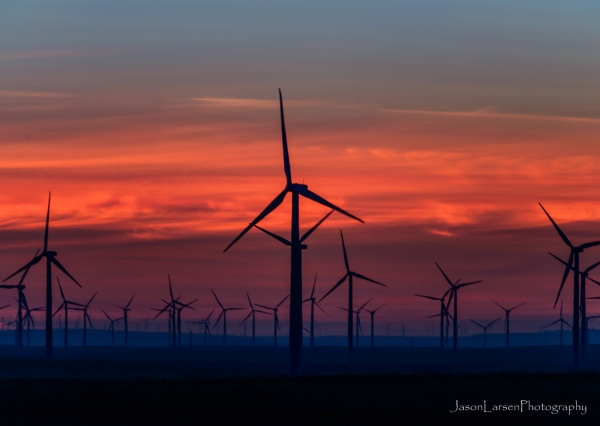
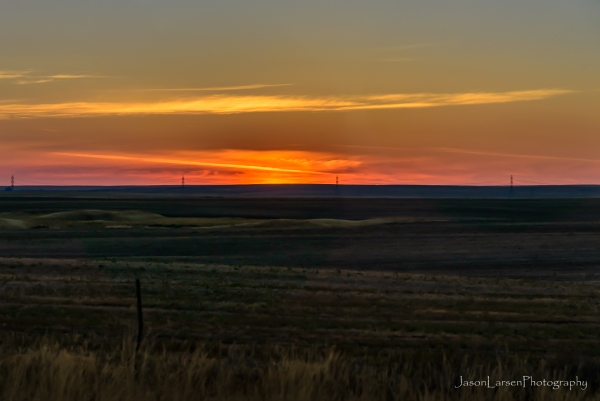
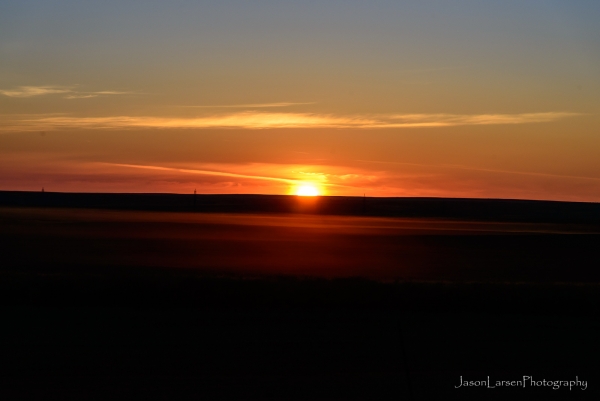
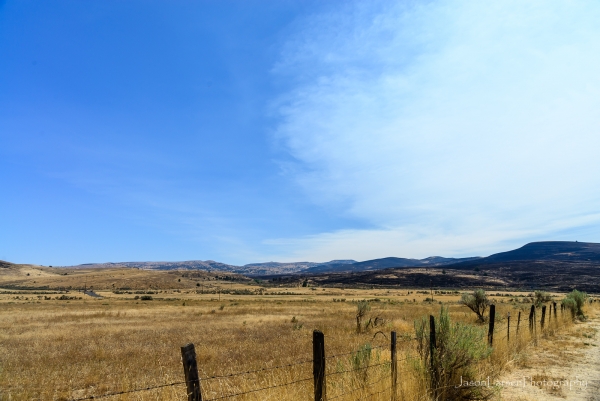
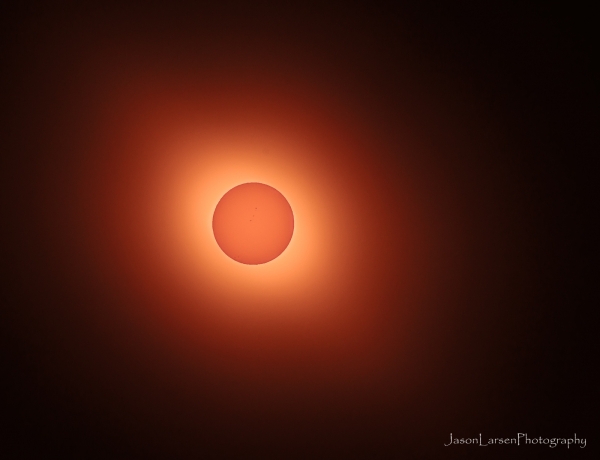
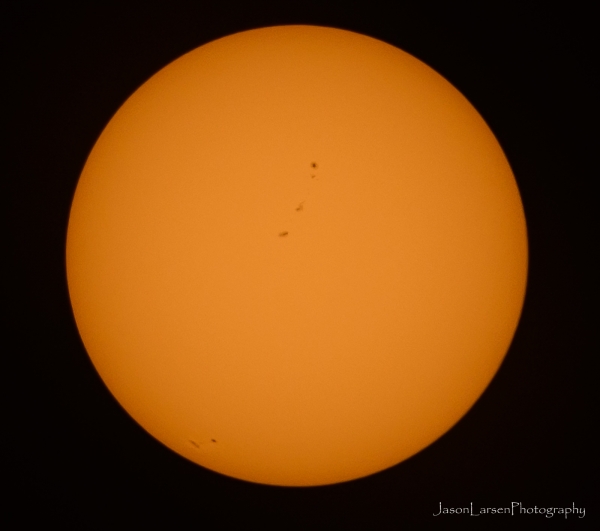
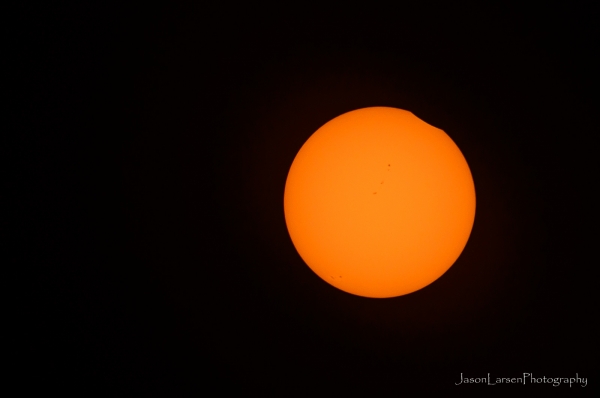
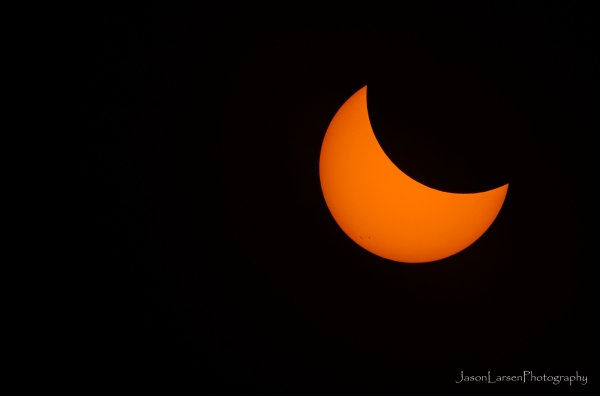
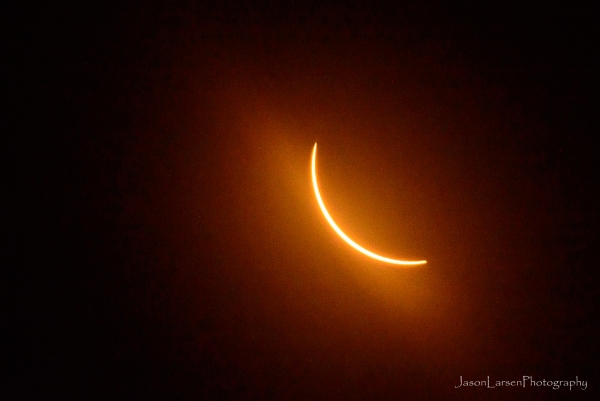
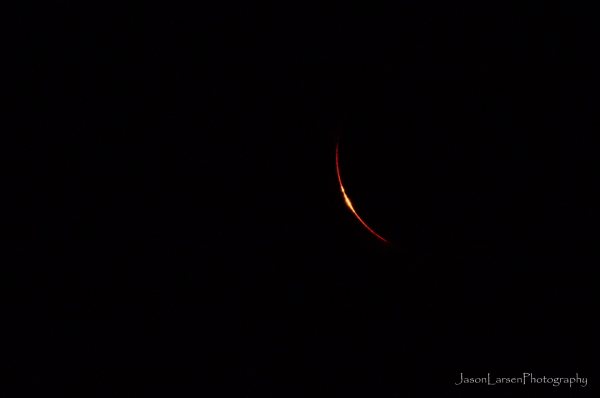
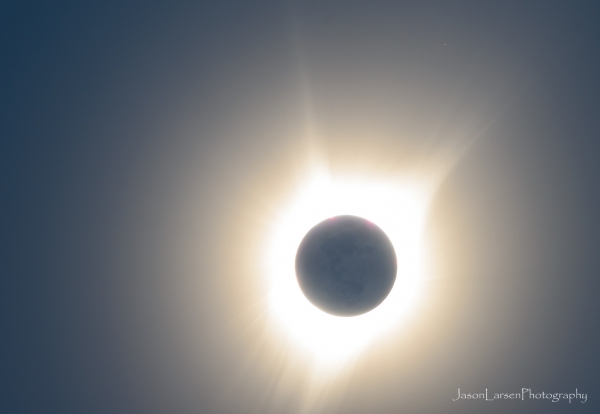
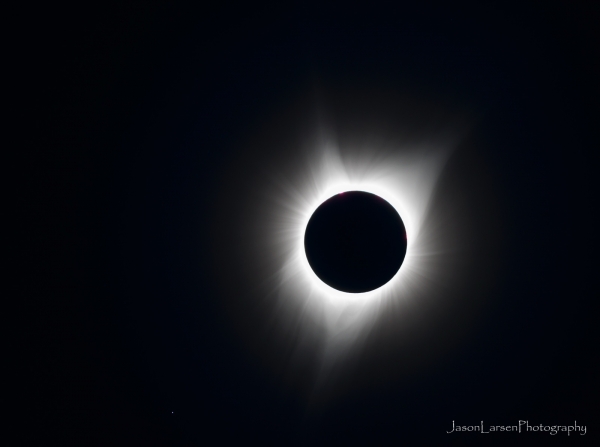
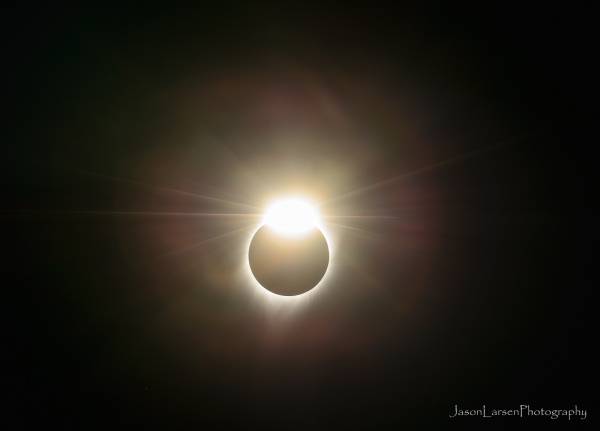
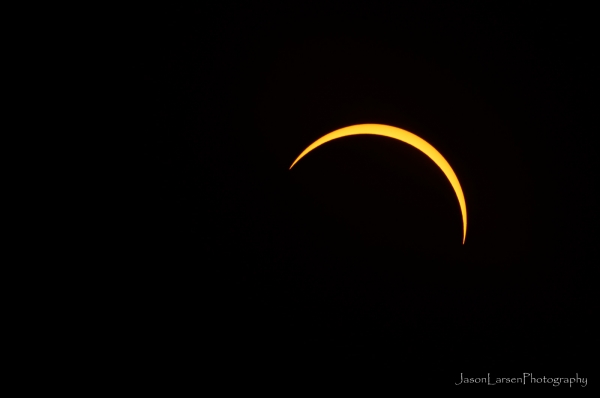
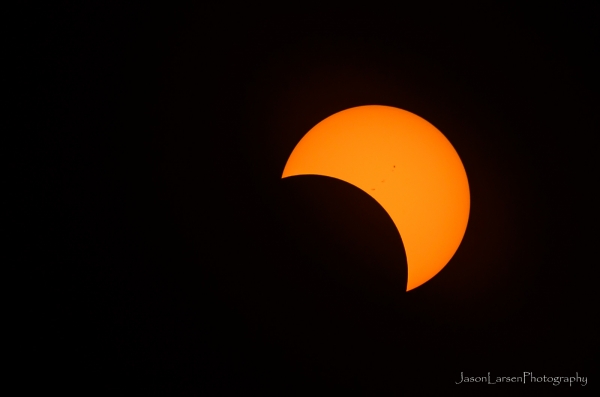
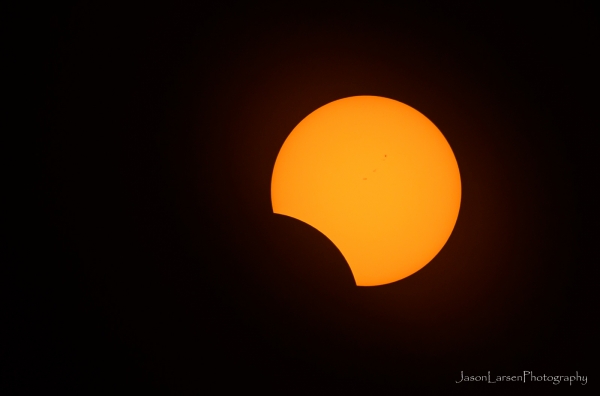
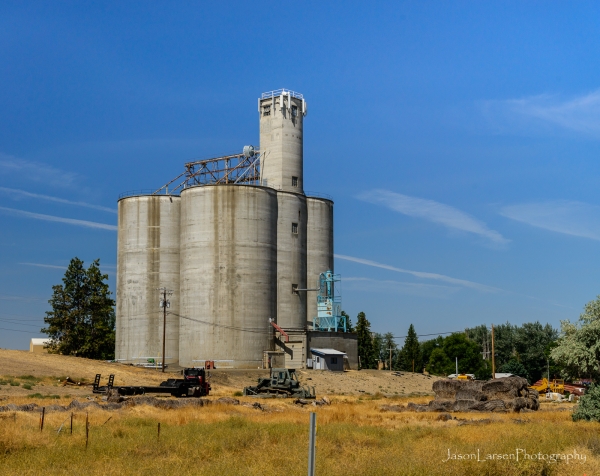
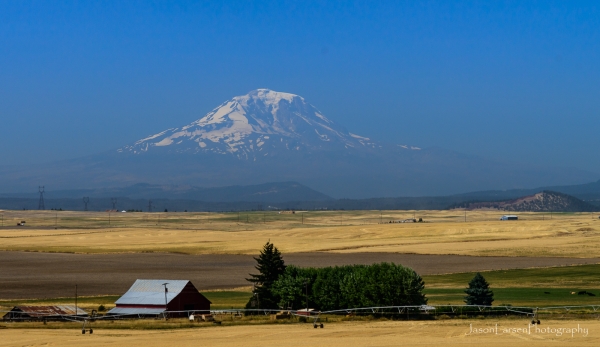














































One thought on “Solar Eclipse 2017”